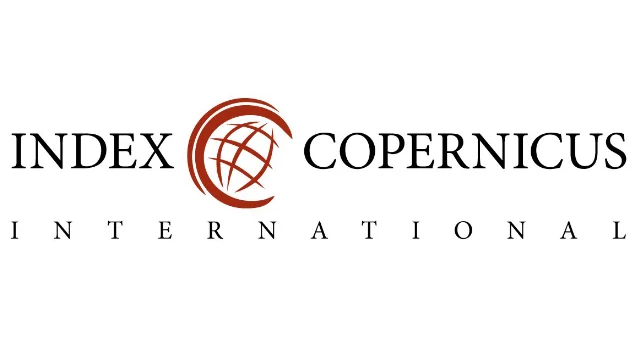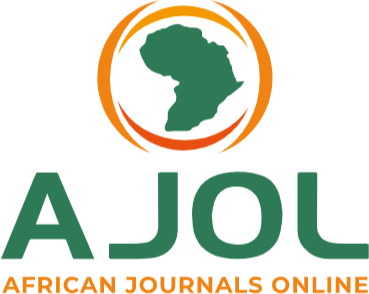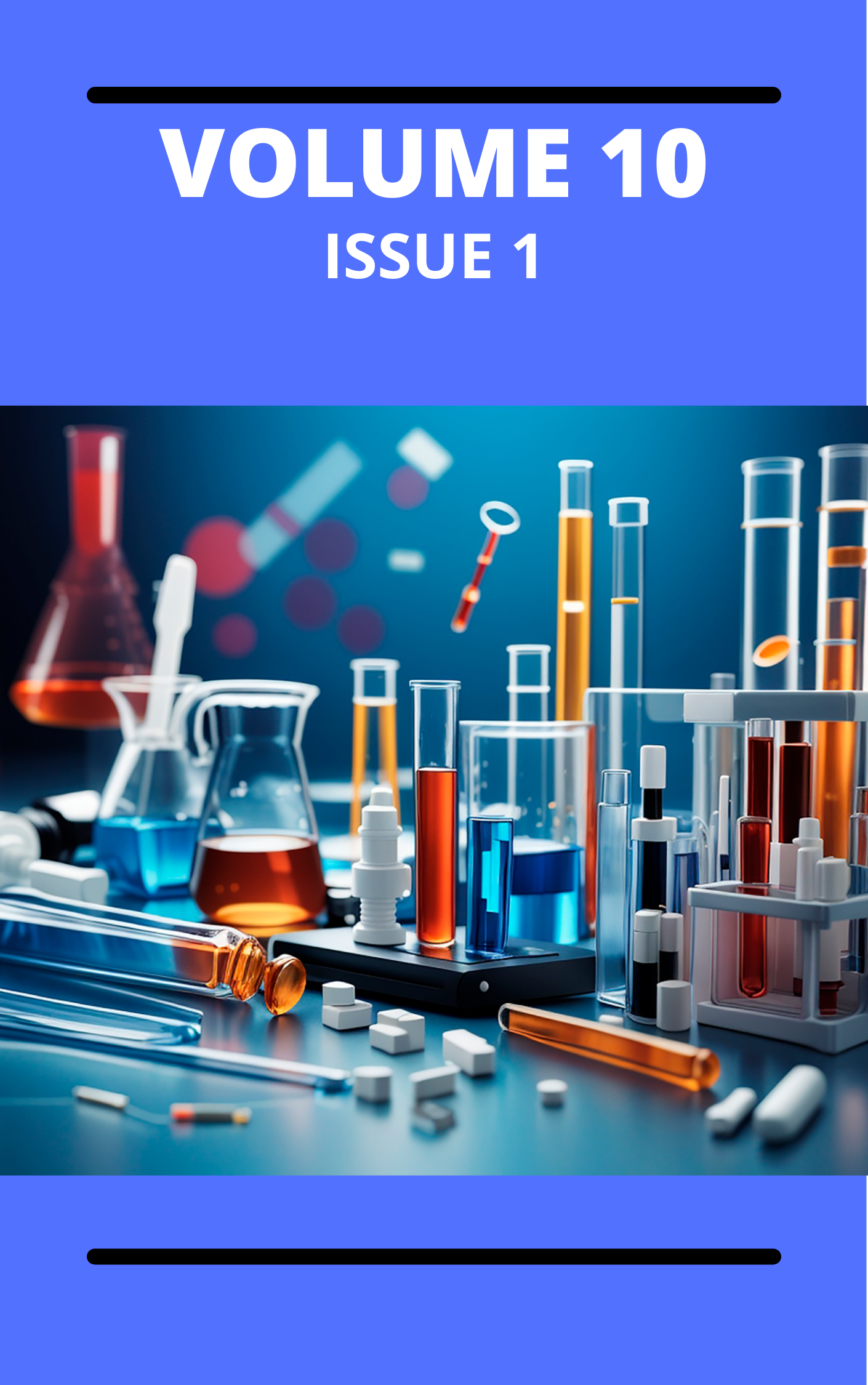Green Synthesis of Titanium Oxide (TiO2) Nanoparticles Using Phyllanthus Niruri and Assessment of Its Antibacterial Activity in Wastewater Treatment
Keywords:
Environmental health, water, microorganism, remediation, TiONPs, photodegradationAbstract
Given the existing and increasing need to reduce the volume of wastewater in the global society due to their potential threat to public health, this study was designed to synthesise titanium oxide nanoparticles (TiONPs) for the remediation of industrial wastewater contaminated by microorganisms. The TiONPs were synthesized using a green approach, which applied methanol extract Phyllanthus niruri as a precursor.The synthesized TiONPs were characterized by UV-Vis, FTIR, XRD, SEM, and TEM. The UV-Vis spectroscopy showed maximum absorption peaks at 401 nm and 569 nm resulting from the excitation of titanium oxide NPs. Fourier Transform Infra-Red (FT-IR) revealed the presence of alcohol, phenols and carboxylic acids and therefore showed possible interaction between the nanoparticles and the phytochemicals in the plant extract. the The O-Ti-O bonds vibrational band at 470 cm-1 due to anatase confirmed that the product of the synthesis is TiONPs. the The nanoparticles and also displayed a spherical shape and a tetragonal geometry with particle sizes ranging from 20-100 nm in diameter (The TiONPs showed a significant antimicrobial activity by decreasing the the colony forming unit (CFU) of Escherichia coli from 3CFU/50 ml to zero CFU/50 ml. The minimum inhibitory concentration (MIC) value of titanium oxide nanoparticles against bacteria was 12.50 µg/ml (Escherichia coli). The presence of the TiONPs correlated shifted the minimum bactericidal concentration (MBC) value to 25.00 µg/ml (Escherichia coli) The synthesized nanoparticles are therefore documented as an excellent antimicrobial agent against Escherichia coli, which is a known organism responsible for several health challenges through water.
Downloads
Published
Issue
Section
Similar Articles
- Mba Ebenezer Chidiebere, Ilo Somtochukwu Francis, Nwokoro Ikechukwu, Design and Implementation of an Enhanced Neuro-Fuzzy-Based Smart System for Poultry Incubators , Communication In Physical Sciences: Vol. 12 No. 5 (2025): Vol 12 ISSUE 5
- Habu Tela Abba, Agada Livinus Emeka, Population Doses from Gamma Radiation Exposure around Damaturu Metropolis, Yobe State, Nigeria , Communication In Physical Sciences: Vol. 5 No. 2 (2020): VOLUME 5 ISSUE 2
- Joseph Amajama, Julius Ushie Akwagiobe, Efa Ubi Ikpi, Analyzing the Relationship between Atmospheric Pressure and Mobile Network Signal Strength in Southern Nigeria , Communication In Physical Sciences: Vol. 12 No. 4 (2025): VOLUME1 2 ISSUE 4
- Martins Moses, Ultraviolet-Visible Spectrophotometric Determination of Caffeine in Different Tea Samples , Communication In Physical Sciences: Vol. 9 No. 2 (2023): VOLUME 9 ISSUE 2
- Ahmad Rufai Bala, Abdullahi Sahal , Phytochemical Screening and Anti-microbial Properties of Herbal Medicines used for Treatment of Typhoid and Bacterial/Viral Infection in Kaduna State , Communication In Physical Sciences: Vol. 11 No. 1 (2024): VOLUME 11 ISSUE 1
- Ayomiposi Sodeinde, Oluwafemi Orekoya, Daniel Jayeoba, Oyebade Adepegba, Effect of Green Information and Communication Technology on Survival of Electricity Distribution Companies in Nigeria , Communication In Physical Sciences: Vol. 12 No. 3 (2025): VOLUME 12 ISSUE 3
- Yisa Adeniyi Abolade, A Conceptual Framework for Managing Pandemics: Integrating Disease Models with Public Behavior and Misinformation Control , Communication In Physical Sciences: Vol. 12 No. 5 (2025): Vol 12 ISSUE 5
- S. U. Oghoje, Biofacilitation Potential of Sawdust on Landfarming of Petroleum Hydrocarbons Polluted Soils , Communication In Physical Sciences: Vol. 9 No. 2 (2023): VOLUME 9 ISSUE 2
- Nsikak Bassey Essien, Chukwu Obaji Daniel, Raphael Mmenyene Paul, Synthesis and characterization of Silicon Oxide Nanoparticles using Plantain Peel as a Precursor , Communication In Physical Sciences: Vol. 11 No. 1 (2024): VOLUME 11 ISSUE 1
- E. Danladi, The Effect of Glass–Kevlar 49 Fibre Loading on the Mechanical, Thermal and Physical Properties of Polypropylene Hybrid Composites , Communication In Physical Sciences: Vol. 5 No. 2 (2020): VOLUME 5 ISSUE 2
You may also start an advanced similarity search for this article.




